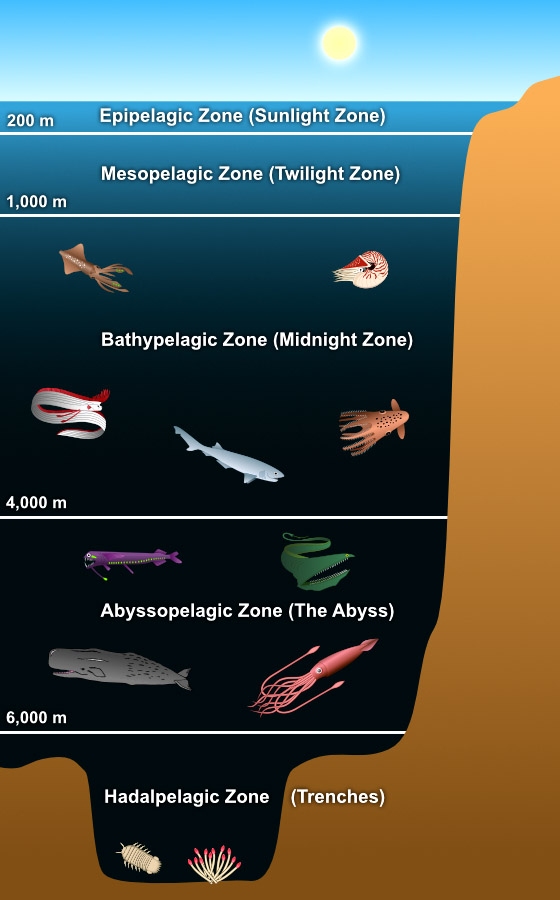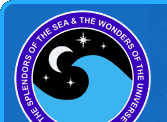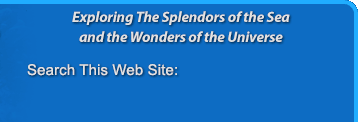Layers of the Ocean
Scientists have divided the ocean into five main layers. These layers, known as "zones", extend from the surface to the most extreme depths where light can no longer penetrate. These deep zones are where some of the most bizarre and fascinating creatures in the sea can be found. As we dive deeper into these largely unexplored places, the temperature drops and the pressure increases at an astounding rate. The following diagram lists each of these zones in order of depth.

Diagram of the five layers of the ocean. © Sea and Sky
Epipelagic Zone - The surface layer of the ocean is known as the epipelagic zone and extends from the surface to 200 meters (656 feet). It is also known as the sunlight zone because this is where most of the visible light exists. With the light come heat. This heat is responsible for the wide range of temperatures that occur in this zone.
Mesopelagic Zone - Below the epipelagic zone is the mesopelagic zone, extending from 200 meters (656 feet) to 1,000 meters (3,281 feet). The mesopelagic zone is sometimes referred to as the twilight zone or the midwater zone. The light that penetrates to this depth is extremely faint. It is in this zone that we begin to see the twinkling lights of bioluminescent creatures. A great diversity of strange and bizarre fishes can be found here.
Bthypelagic Zone - The next layer is called the bathypelagic zone. It is sometimes referred to as the midnight zone or the dark zone. This zone extends from 1,000 meters (3,281 feet) down to 4,000 meters (13,124 feet). Here the only visible light is that produced by the creatures themselves. The water pressure at this depth is immense, reaching 5,850 pounds per square inch. In spite of the pressure, a surprisingly large number of creatures can be found here. Sperm whales can dive down to this level in search of food. Most of the animals that live at these depths are black or red in color due to the lack of light.
Abyssopelagic Zone - The next layer is called the abyssopelagic zone, also known as the abyssal zone or simply as the abyss. It extends from 4,000 meters (13,124 feet) to 6,000 meters (19,686 feet). The name comes from a Greek word meaning "no bottom". The water temperature is near freezing, and there is no light at all. Very few creatures can be found at these crushing depths. Most of these are invertebrates such as basket stars and tiny squids. Three-quarters of the ocean floor lies within this zone. The deepest fish ever discovered was found in the Puerto Rico Trench at a depth of 27,460 feet (8,372 meters).
Hadalpelagic Zone - Beyond the abyssopelagic zone lies the forbidding hadalpelagic zone. This layer extends from 6,000 meters (19,686 feet) to the bottom of the deepest parts of the ocean. These areas are mostly found in deep water trenches and canyons. The deepest point in the ocean is located in the Mariana Trench off the coast of Japan at 35,797 feet (10,911 meters). The temperature of the water is just above freezing, and the pressure is an incredible eight tons per square inch. That is approximately the weight of 48 Boeing 747 jets. In spite of the pressure and temperature, life can still be found here. Invertebrates such as starfish and tube worms can thrive at these depths.
Deep Sea
Creature Database
'



